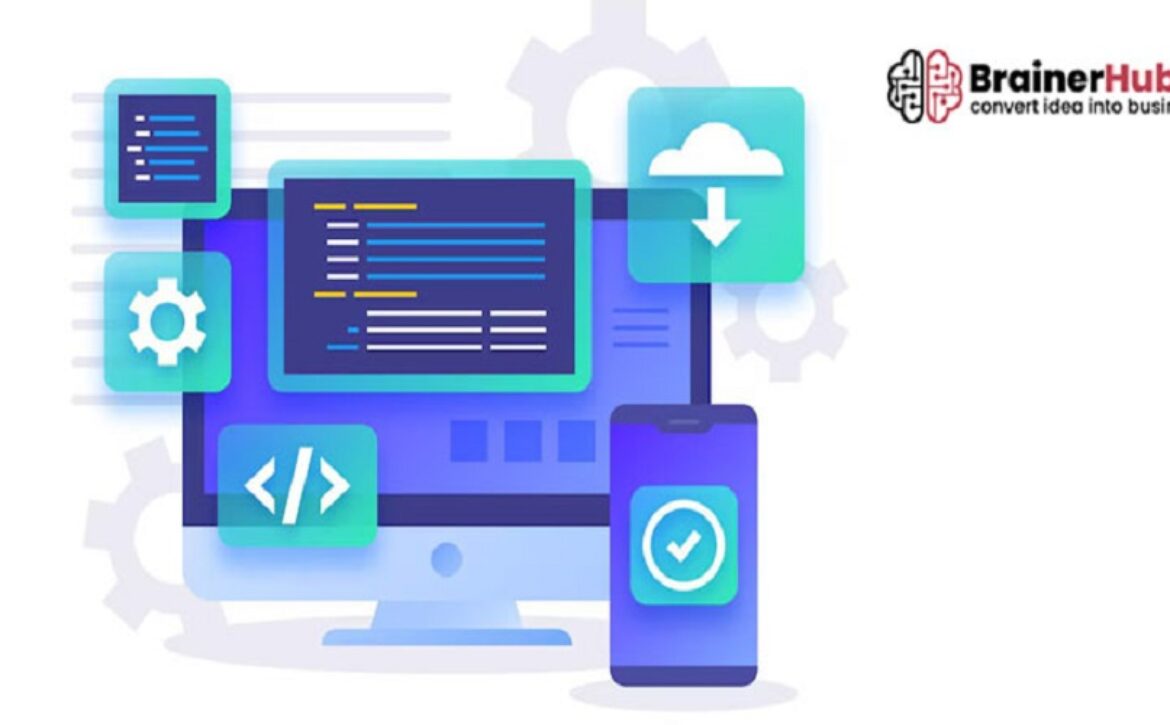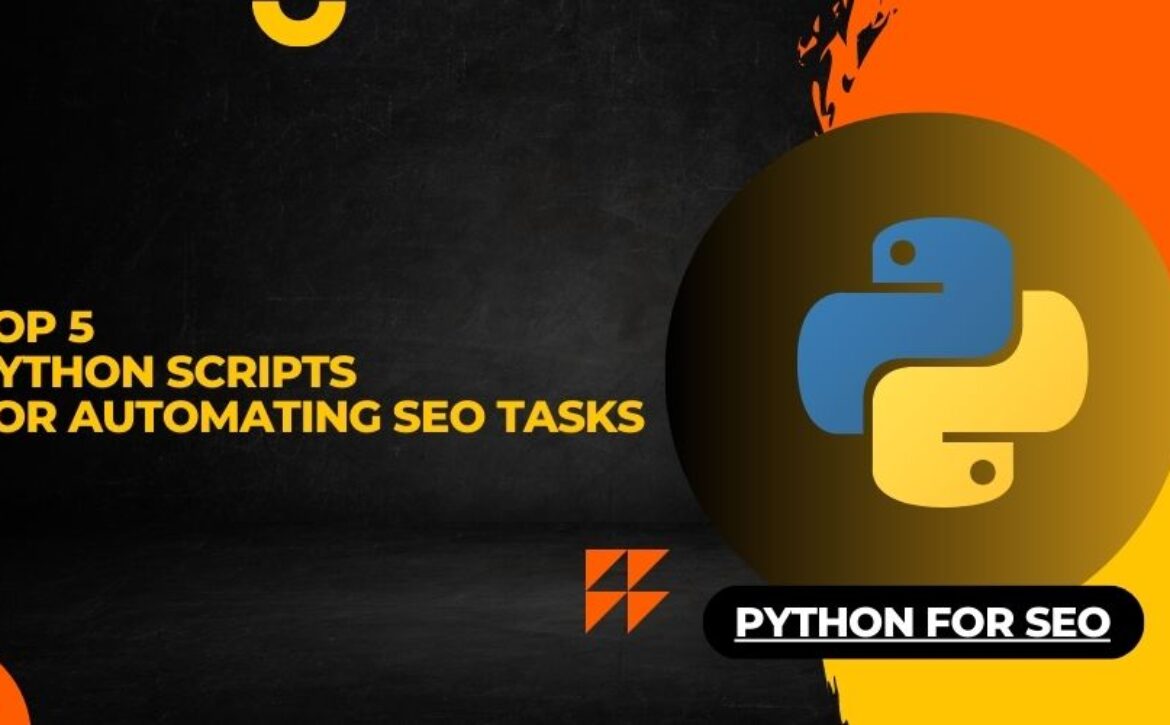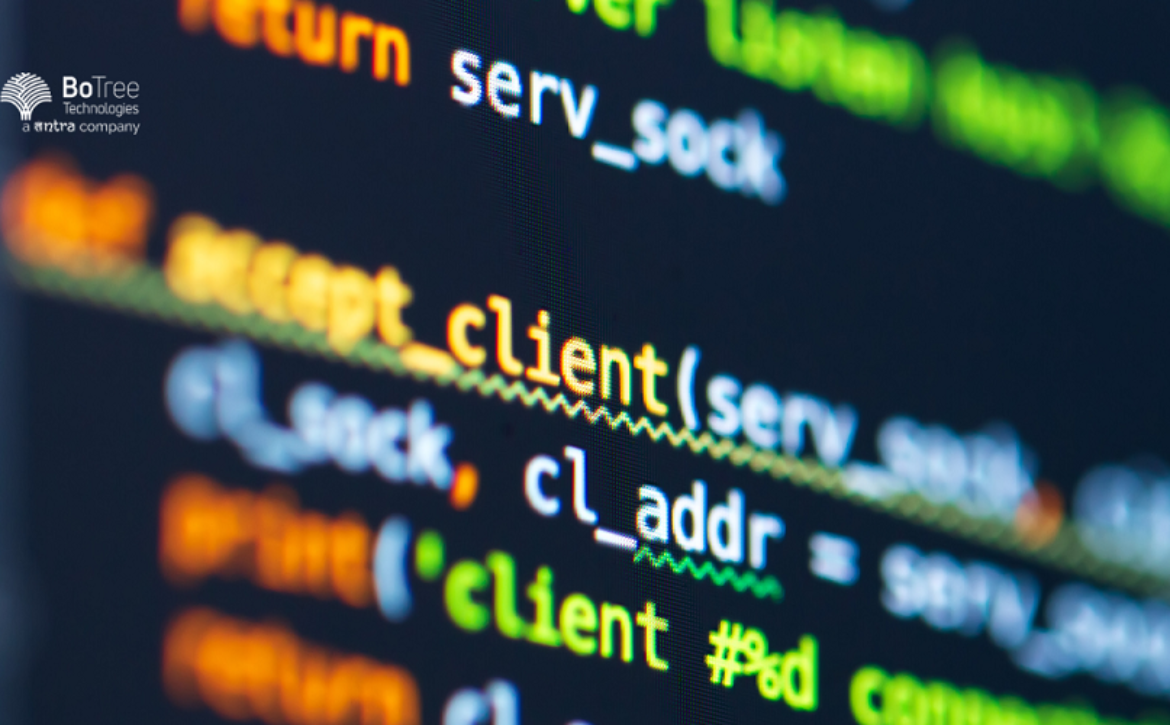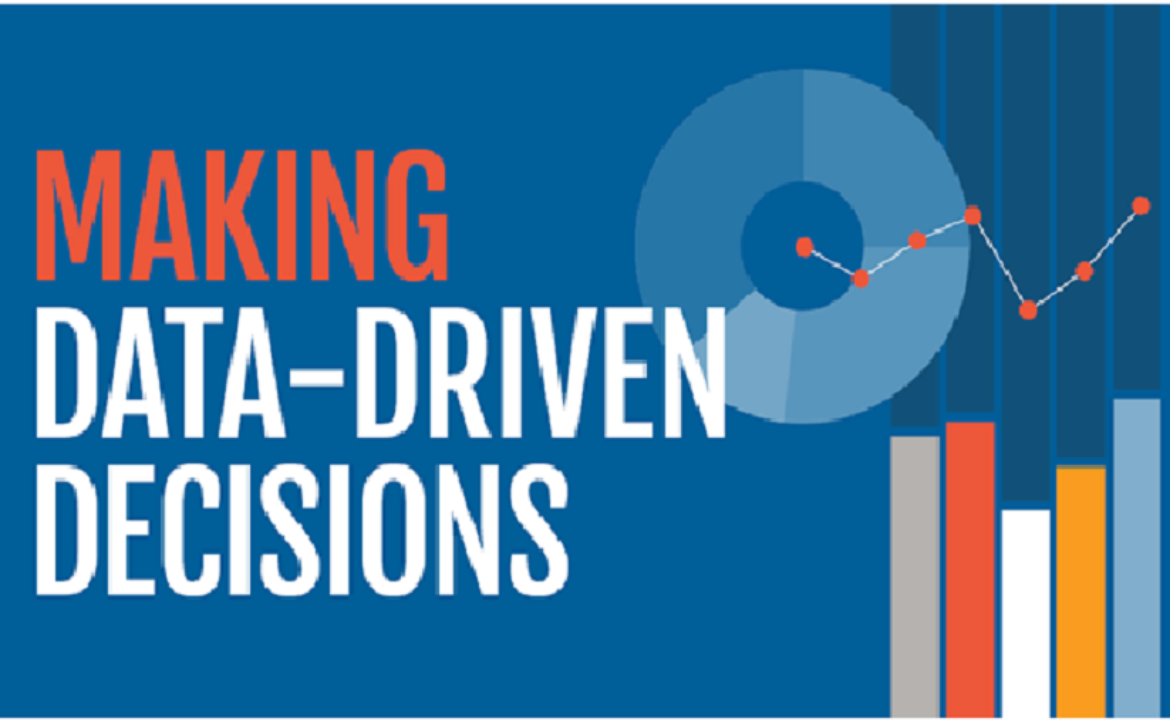Rust vs Python: Understanding the Major Differences
What is Rust?
————————————–
Mozilla developed the computer programming tongue Rust with the primary goal of simplifying secure and quick software development. Rust is great for creating reliable programmes quickly because it combines current language capabilities with basic hardware control. Because it is a freely available programming syntax, anybody can make contributions to its development, creating a dynamic international programmer culture.
Effectiveness alongside security are the two primary benefits of Rust, an open-source, multi-paradigm, high-level, general-purpose clouds programming dialect.
With assistance from Dave Herman, both Jeremy Eich, and a few everybody else, Graydon Hoare produced Rust predominantly.
Developers at Mozilla invented it as a system programming tongue to solve memory safety and performance problems with C and C++.
Another interesting coding language for web-based applications and online services is called Rust.
was created as a complement to C initially, but it is now more suited for general-purpose clouds systems development.
Rust is an extremely productive, memory-safe systems programming dialect.
The languages used for programming built on the Rust framework provide great speed comparable to that of C and C++, but with a focus on code safety—a feature that these two languages suffered from.
Benefits of Rust programming language
————————————–
- Speed: Rust is perfect for developing applications that has to be fast and efficient since it is built for powerful computing.
- Rust guarantees ram safety: which eliminates the prospect of memory-related errors like code races, buffer overruns, and null value dereferences.
- Concurrency: Rust features with an integrated synchronisation architecture that lets authors write code that can execute in parallel, raising the efficiency of software operations.
- Safe multiple threads: One of Rust’s special features, control, enables writers to build code that is safe to run simultaneously thanks avoiding frequent issues like race scenarios and blockages.
- High-level abstractions: Rust offers authors high-level abstractions like closures, traits, and substitutes, which assist the writing of compact and elegant code.
- Incredible running speed: allows for features such as new attachments, rich sequences, and grammatical extensions. Abstraction at no cost predictable action at runtime, saves time on disasters and investigation.
Disadvantages of Rust
- Rust learning is more difficult.
- It takes a while to assemble.
- Under similar circumstances, it is slower than the C and C++ programming languages.
Why are the Rust programming languages different?
————————————–
- Rust is an outstanding performance. language for programming originally created by Mozilla that is equivalent to C and C++.
- The primary drawback of each of these languages is their lack of code safety; the language that evolved gives more code safety and is less prone to faults.
- But the positive attributes of the Rust language reach beyond memory safety. It also provides outstanding speed while handling immense amounts of data, something that its rivals cannot manage to accomplish.
What are Rust programming languages used for?
————————————–
- Incredibly safe to use Rust lang. Another language for systems programming is Rust. When used with C and C++, it is favourable.
- Although it offers safety, Rust language is a secure substitute for C and C++.
- The memory safety problems that affect two languages are fixed by it. Rust is a high-performance programming framework that stresses security.
- Computing can be done more quickly with the many advantages provided by the Rust language, yet without the risks that come from writing hazardous code.
For what explanation is Rust the most popular computing language?
- The rust is a programming language for systems that includes concurrency, speed, and memory safety. Static typing and computer programming are features of the Rust language.
- The Rust language is supported and nourished by the Mozilla Foundation. The Rust programming language is useful to companies like Intel, eBay, PayPal, Mozilla Corporation, Dropbox, in the and Facebook.
What is rust coding?
————————————–
C# is the programming language that went into creating Rust. Multiple compilers exist for C#.
Examples include LLVM, Intel C++ Compiler, Tiny C Compiler, Cfront, GCC, MinGW, and Clang.
Rust currently only has an LLVM-based compiler.
Programming languages that are safe by default include Rust. Safe Rust and Unsafe Rust are the two ways to write code in the language.
● Secure Rust
Secure Rust” describes Rust programmes that complies with community and language specification standard procedures and suggestions for improvement. Its objective is to guarantee limitlessness and secure memory for the code.
● Dangerous Rust
Insecure Programming language Rust is utilised in a multi-tasking, multi-process setting. The syntax benefits those who work on the network side.
They run several threads asynchronously. Programmers don’t have any concerns about networking or process administration because their programming language is simple.
What is a Rust compiler?
————————————–
- A programming language backbone effort that supports different languages is called a lower-level digital technology, or LLVM.
- LLVM is the compiler framework used by the contemporaneous computer languages Rust and Speed. Many other compilers, particularly Clang, use the LLVM compiler, which is another feature of LLVM.
What is Python?
————————————–
- Guido van Rossum created Python, a high-level, object-oriented programming language with a vast array of modules and packages for building dynamic desktop, mobile, and online applications.
- It is useful and compliant with many programming languages. As its creator pointed out, Python’s greatest joy is its concise, readable, and action-packed classes.
- The Python programming language environment is more advanced and accessible in global communities.
- The Python programming language streamlines handling the simultaneous development of mobile apps with its many of tools and robust community support.
- When it comes to terms like feature consistency, reliability, and user-friendliness, Developing with Python is far more vital than Rust. However, I must concede that Python is the most widely used programming syntax for developing big data responses, experimental applications, and initiatives by government.
The best python programming tricks:
————————————–
- Make use of collections
- You may sort on anything different by using the key argument that sorted() allows. 3. Convert dict to XML
- A one-liner to check if a specific directory contains any Python files
- Use set operations to align lists of common elements.
- Make use of re.compile
- Printing files that can contain incorrect Unicode characters
- Print (Python 3) is quite awesome.
- Functions that employ the appropriate variable type, such as sum(), accept generators 10. List each line in the for loop
Benefits of Python programming language
————————————–
- The primary factors contributing to Python’s widespread use are its rapid speed, ease of reading code, and several other features.
- Python offers very high repeatability or deployment simplicity.
- One general-purpose programming language that is helpful for data analysis is this one.
- For mathematical computations, Python works well.
- It is very reliable, publicly accessible, and completely open domain.
- Python is an easy-to-learn, simple language. A well-written Python programme is easy to work with and comprehend, because reading one feels almost like reading an English text.
- All it takes to start working with the Python language is some dedication and a lot of experience.
- Among programming languages, Python has one of the strongest resource libraries.
- Python makes it easy to scale arguably for the most complicated apps.
- Python is used in big data, system automation, and data mining.
- More productive coding environments employ Python than large languages like C# and Java. Working with Python also seems to keep seasoned programmers more productive and organised.
- Django is an open source Web application frameworks that Python offers. These frameworks may be used to streamline the development process, such as Ruby on Rails.
- Due to its open source nature and community development, it has a large and growing fan following. Every day, millions of like-minded developers continue to enhance the language’s fundamental features by working with it. As time goes on, Python’s most recent version continues to gain improvements and enhancements.
Disadvantages of python
- Python users must do thorough testing since mistakes manifest themselves during runtime.
- Python’s visualisation mechanism is more conventional and intricate.
- Python’s library isn’t as extensive.
- We are unable to obtain primary findings in Python.




